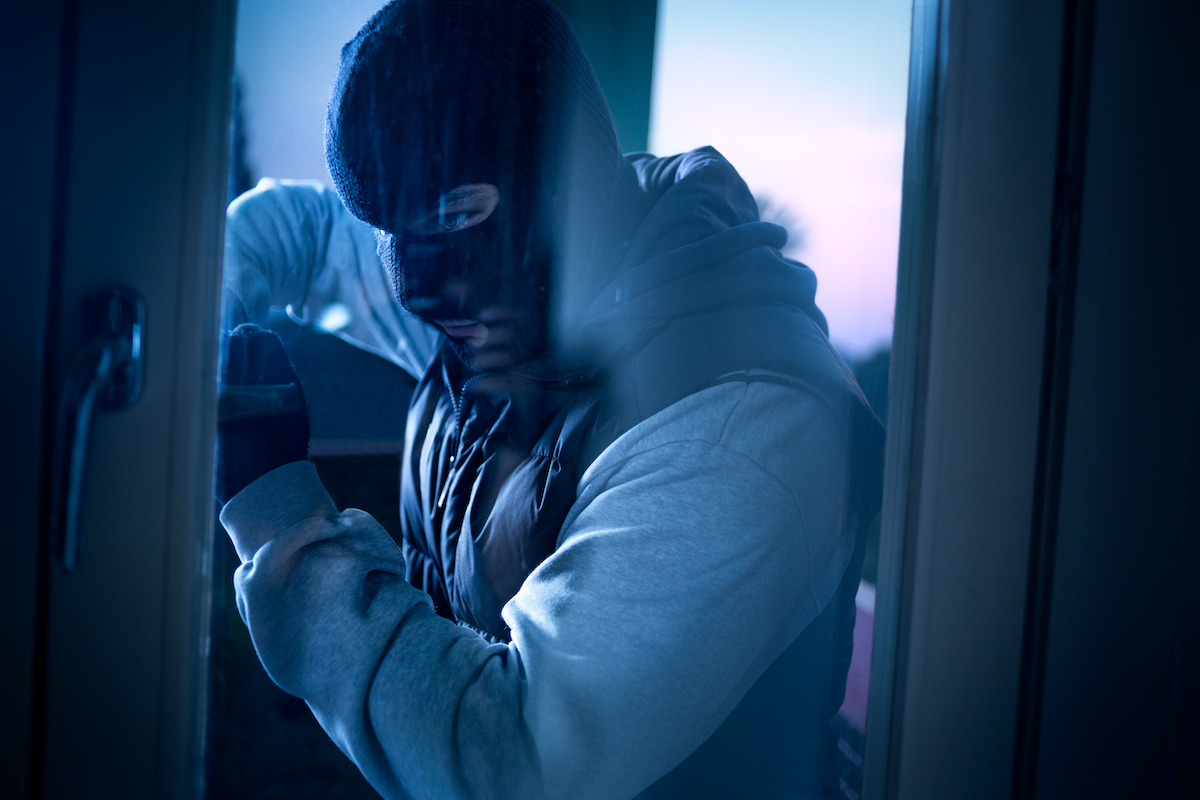Stories of unexpected disasters can make for a gripping narrative. We like to imagine how adverse outcomes could have been averted or what we might have done differently in a similar situation. Paying attention to such unfortunate events can offer many useful lessons. But underlying them all is a common thread that many people fail to grasp. Our systems tend to fail because of too much complexity.
At first, this might seem to be a problem more appropriate for discussion at the boardroom level. But it’s becoming increasingly relevant when we consider the security of our homes. We’re incorporating technology into our lives so rapidly, many of us aren’t even aware of the various risks involved. With all our layers of home safety measures, are we dealing with complexity we can’t handle?
The complexity issue
In simple situations, it’s easy to see where failures might occur and what steps could be taken to prevent them. For instance, your roof gutters might have several joints where debris accumulates, clogging them up and leading to deterioration over time. Seamless gutter companies fix this problem and reduce the need for regular maintenance; in turn, you don’t have to clamber up the roof so often and risk injury.
But complex systems involve many variables. If you’ve ever handled an event for your company, you know that planning everything will take months or even years. You form a committee and delegate tasks. People work out arrangements with the venue and various suppliers. Payments are made for reservations to be confirmed; guests and delegates are invited.
It only takes one slip-up or act of negligence to throw things into disarray. Not vetting a supplier could lead to a faulty stage setup, bad food, or messy photo and video documentation. Muddled transportation arrangements can delay the arrival of a VIP or key speaker. Scrambling to make last-minute adjustments is costly; it can compromise the entire outcome.

Dangers of smart homes
As an undertaking becomes more complex, it’s also harder to avoid potential pitfalls and mitigate consequences on the fly. But how does this all tie in to managing your household and improving your security?
Modern homes are always evolving for convenience and connectivity. Over the years, companies have been developing more devices that can use your home network to offer enhanced features. Dubbed the ‘Internet of Things’ (IoT), this design trend might already have found its way into your home.
With smart lights and motion sensors, for instance, you can illuminate stairs and rooms at night when someone’s walking around. You can control your security cameras through an app on your mobile phone, allowing you to see what’s happening on the periphery as well as inside the house.
The technology can be every bit as wonderful as it sounds, but it’s turning our homes into complex systems. Security experts TrendMicro reported in 2019 that complex IoT home environments are prone to new kinds of threats in unforeseen scenarios.
A hacker could get into your system through a compromised server and override automation rules to disable your alarm systems or smart locks. They could record your voice commands and use them to bypass security checks. Even if you don’t use those security features, they could gather information about your behaviors through surveillance of your home network and the activity of connected devices.
Practicing cybersecurity
If complexity is the root of the problem, then the solution seems simple. Why not just ditch all the new technology and go back to traditional, low-tech forms of household security?
There are two problems with this approach. One is that you can’t completely go back to a less complicated world. As products evolve, older versions disappear from the market, and many people come to embrace the new as indispensable. Seniors who live alone, or working parents who have to leave their kids at home, are some examples of households that wouldn’t consider going back to a no-tech setup.
This leads to the second issue: partially untangling yourself from technology creates a false sense of security. You believe you’re ‘off-grid’ and thus immune to hacking. But if you can’t do away with your devices, negligent behavior still exposes you to the same risks.
The best way to secure your home in a world that’s creeping towards complexity is to manage your cybersecurity practices. Involve everybody at home; you’re all in this together, and you’re only as good as your weakest link.
Pay attention to the warning signs and near-misses that are typically a prelude to disaster. Suddenly getting a flood of spam could mean your email has been part of a data breach, for instance. It should prompt you to tighten up, change your passwords, and stay on the alert for anything suspicious. Stay ahead of the curve in terms of behavior, and your home security can be complicated, but never too complex to manage.


